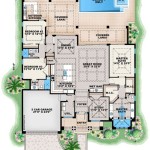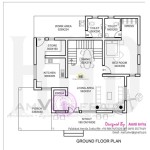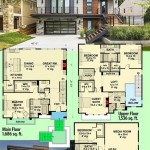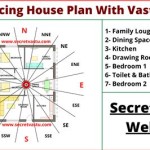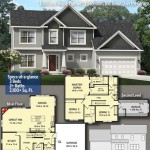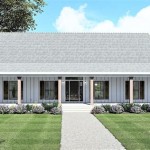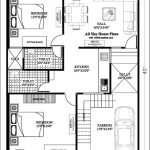Essential Aspects of a House Plan for a Small Bungalow
Small bungalows hold a special charm with their compact and cozy design. Whether you're downsizing, starting a new chapter, or simply seeking an efficient living space, a well-planned house plan is crucial for maximizing space and creating a comfortable home.
Compact Size and Efficient Layout
One of the defining characteristics of a small bungalow is its compact size. The footprint of the house should be well-proportioned to avoid feeling cramped or overwhelming. An efficient layout is essential to make the most of the available space. Open-concept living areas can create a sense of spaciousness, while clever storage solutions and built-ins can maximize functionality.
Outdoor Connection
Small bungalows often embrace an indoor-outdoor connection to extend the living space and bring nature indoors. Large windows and doors can flood the interior with natural light and provide views of the surrounding landscape. A deck or patio can serve as an outdoor living area, perfect for relaxation or entertaining.
Cozy Spaces and Defined Zones
Despite their compact size, small bungalows can offer a sense of coziness and defined zones. The use of distinctive flooring materials, lighting, and furniture placement can help create distinct areas such as the living room, dining room, and bedroom. Carefully chosen furnishings and décor can enhance the intimate and inviting atmosphere.
Functional Kitchen and Bathroom
The kitchen and bathroom are essential spaces in any home, and in a small bungalow, maximizing functionality is key. A galley-style kitchen with efficient appliances and storage can make cooking a breeze. Similarly, a well-planned bathroom with a combination of fixtures, such as a shower-tub, can create a space-saving and functional solution.
Energy Efficiency and Sustainability
Modern small bungalows prioritize energy efficiency and sustainability. Incorporating features such as energy-efficient appliances, LED lighting, and quality insulation can reduce energy consumption and lower utility bills. Additionally, sustainable materials, such as bamboo flooring and recycled countertops, can contribute to a greener and healthier home environment.
Additional Considerations
When designing a house plan for a small bungalow, consider these additional factors:
- Accessibility: Ensure that the home is accessible for all by providing proper ramps and grab bars, if necessary.
- Outdoor Storage: Utilize sheds or built-in storage spaces for seasonal items and tools, freeing up valuable indoor space.
- Multipurpose Spaces: Look for ways to create rooms that serve multiple purposes, such as a guest room that doubles as an office.
Conclusion
A thoughtfully planned house plan is the foundation of any successful small bungalow. By considering the essential aspects outlined above, you can create a cozy, efficient, and inviting home that perfectly suits your lifestyle. Whether you're a first-time homebuyer or a savvy downsizer, a well-designed small bungalow can provide a fulfilling and comfortable living experience.

Small Bungalow House Plans

Small Bungalow House Plans We Love Blog Dreamhomesource Com

Three Simple But Charming Bungalow Designs With Bedrooms Ulric Home Beautiful House Plans Model Plan Small Blueprints

Bungalow House Plans We Love Blog Homeplans Com

27 Adorable Free Tiny House Floor Plans Craft Mart

Three Bedroom Apartment In 2024 Denah Rumah Desain Building House Plans Designs Affordable Bungalow Style

Small Bungalow House Plans

Bungalow House Plans We Love Blog Homeplans Com

Small Bungalow House Plans

Pin By Djakaria Kone On Architecture Modern Bungalow House Plans Building Designs Style

